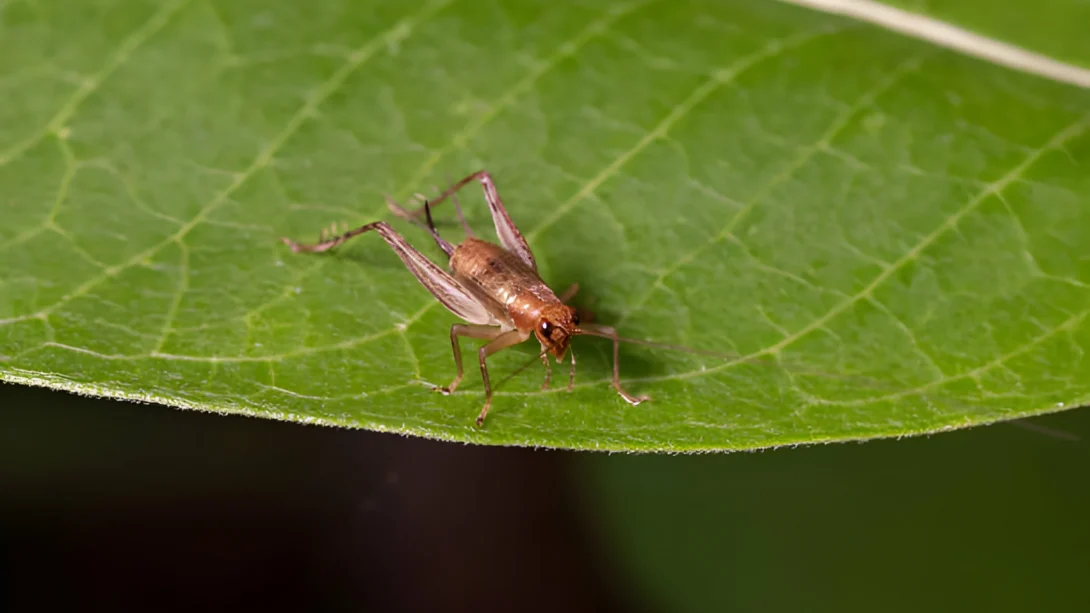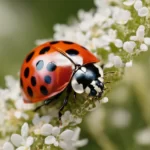Have you ever stepped outside on a warm summer evening, only to be greeted by the unmistakable symphony of chirping crickets? If so, you’re not alone. Many homeowners find themselves wondering why their yards seem to be teeming with these tiny, chirping insects, especially during certain times of the year. While the abundance of crickets can be puzzling, understanding the factors behind their proliferation can shed light on this natural phenomenon and help homeowners coexist harmoniously with these nocturnal creatures. In this exploration, we delve into the mysterious world of crickets, uncovering the reasons why they congregate in yards and the implications for yard ecosystems.
Cricket Behavior
To comprehend why crickets are drawn to yards in such large numbers, it’s essential to first understand their behavior and biology. Crickets are nocturnal insects, meaning they are most active at night and prefer dark, sheltered environments during the day. They are omnivorous scavengers, feeding on a variety of organic matter, including vegetation, decaying plant material, and other insects. Additionally, crickets are highly sensitive to environmental factors such as temperature and moisture levels, with warm, humid conditions being particularly conducive to their activity and reproduction.
Breeding Cycles and Population Dynamics
Crickets exhibit distinct breeding cycles, with population peaks typically occurring in late summer and early fall. During these periods, male crickets engage in a distinctive courtship ritual, producing chirping sounds by rubbing their wings together to attract potential mates. The abundance of food sources and suitable breeding sites in yards, such as dense vegetation and piles of leaves or debris, can further contribute to rapid population growth. As a result, homeowners may notice a surge in cricket numbers during these peak periods, accompanied by a cacophony of chirping that fills the night air.
Yard Features That Attract Crickets
Numerous features in yards serve as magnets for crickets, providing them with ample food, shelter, and breeding opportunities. Tall grass, dense vegetation, and unkempt areas offer ideal hiding spots for crickets during the day, allowing them to escape predators and unfavorable weather conditions. Additionally, piles of leaves, mulch, or organic debris provide cozy habitats where crickets can lay eggs and shelter from predators. Even cracks in sidewalks, gaps in fences, and cluttered storage areas can serve as refuge for these nocturnal insects.
These yard features not only offer crickets protection from predators and environmental stressors but also provide abundant food sources, such as decaying plant matter and other insects. Furthermore, the presence of moisture-retaining materials like damp soil, mulch, or compost can create favorable conditions for cricket survival and reproduction. As a result, homeowners with yards rich in vegetation and organic debris may find themselves hosting larger populations of crickets, particularly during the warmer months when breeding activity is at its peak.
While the lush greenery and natural diversity of a yard may be appealing to homeowners, it’s essential to strike a balance between aesthetics and wildlife habitat. By implementing simple landscaping practices such as regular mowing, trimming vegetation, and removing clutter, homeowners can create less hospitable environments for crickets while still maintaining the beauty of their outdoor spaces. Additionally, reducing excess moisture and eliminating standing water sources can help discourage cricket activity and prevent infestations in yards.
Natural Predators and Pest Control
In the delicate ecosystem of your yard, a variety of natural predators play a crucial role in keeping cricket populations in check. Birds, such as robins, sparrows, and wrens, are voracious insectivores that eagerly feast on crickets and other small insects. Additionally, insect predators like spiders, praying mantises, and predatory beetles are skilled hunters that help control cricket numbers by preying on them in various stages of their lifecycle. By attracting and supporting these natural predators, homeowners can harness the power of biological pest control to manage cricket populations without resorting to chemical interventions.
Creating a welcoming habitat for beneficial wildlife is key to promoting natural pest control in your yard. Providing bird feeders, birdbaths, and nesting boxes can attract insect-eating birds, while incorporating native plants and diverse vegetation encourages a thriving community of insects and other invertebrates. Avoiding the use of chemical pesticides and herbicides preserves the natural balance of your yard ecosystem, allowing predatory insects and birds to fulfill their roles as effective pest controllers.
Integrated Pest Management Strategies
For homeowners seeking additional measures to manage cricket populations in their yards, integrated pest management (IPM) offers a holistic approach that combines multiple strategies to achieve long-term pest control while minimizing environmental impact. IPM strategies may include habitat modification, biological control methods, and targeted pesticide applications, used in combination to create an effective and sustainable pest management plan.
Habitat modification involves altering the yard environment to make it less hospitable to crickets, such as removing excess vegetation and debris, reducing moisture levels, and sealing entry points into buildings. Biological control methods utilize natural enemies of crickets, such as parasitic wasps or nematodes, to target and suppress cricket populations without harming beneficial wildlife or the environment. When necessary, targeted pesticide applications may be employed, using low-toxicity products applied judiciously to specific areas of infestation while minimizing harm to non-target organisms.
In conclusion, the abundance of crickets in your yard is a natural phenomenon influenced by a combination of environmental factors, habitat features, and predator-prey dynamics. By understanding the complex interactions between crickets and their environment, homeowners can take proactive steps to manage cricket populations while fostering a healthy, biodiverse yard ecosystem. Whether through habitat modification, natural pest control, or integrated pest management strategies, homeowners can create outdoor spaces that strike a harmonious balance between wildlife conservation and pest management, ensuring that the chorus of crickets remains a cherished part of summer evenings for years to come.




